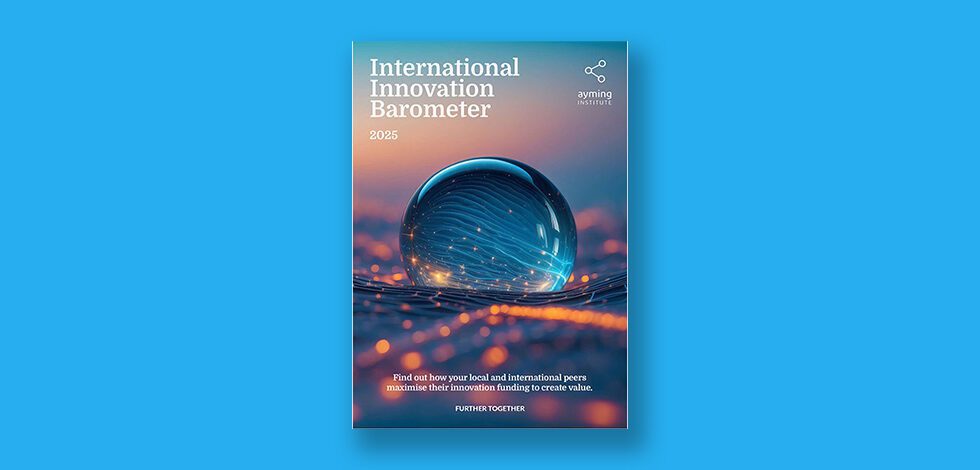For architectural firms, ensuring the accuracy of timekeeping to properly document employee activities has been vital for various aspects of the business; from providing detailed accounting to clients for work performed on their projects to offering employers insight regarding the allocation of employee time across both client-facing and internal activities. Accurate timekeeping can facilitate the capture of valuable tax credits for companies, such as the R&D tax credit offered to companies performing R&D activities within the United States. For companies seeking to take advantage of this tax credit program, they can improve their capability to substantiate these claims through the documentation of employee hours and expenditures incurred during qualified R&D project activities.
Time keeping tech has continued to evolve to provide more detailed data, as well as increased accessibility and usability for employees and employers. Timekeeping that was traditionally implemented through timesheets and manual reports can now be implemented using a variety of new technologies, including cloud-based software, mobile apps, and detailed analytics. Employers now have much more detailed insight into the allocation of their workforce’s resources. As these technologies continue to develop and allow employees to streamline and improve their timekeeping activities, they now have more opportunity to ensure that their activities can be documented to more granular levels of detail. By tracking project activities through specific descriptions of the work performed, companies can more accurately determine the amount of time spent on qualified R&D phases and tasks, such as site development, material analysis, and preparation of preliminary concepts, schematic designs, and construction documents.
As well as at a federal level, many state governments also offer their own R&D tax credit incentives, some of which have specific requirements for detailed recordkeeping and accounting to identify the proper amount of qualified expenditures utilized to calculate the respective credits. By ensuring the necessary contemporaneous employee data for time spent on qualified R&D project activities is properly captured and maintained, companies can also potentially capture tax credits to offset taxes imposed for work performed in those states. This is in addition to the tax breaks offered by the federal R&D tax credit program. Ayming USA has the experience to assist architectural firms in ensuring that their recordkeeping meets the requirements for properly substantiating their R&D tax credit claims.












No Comments